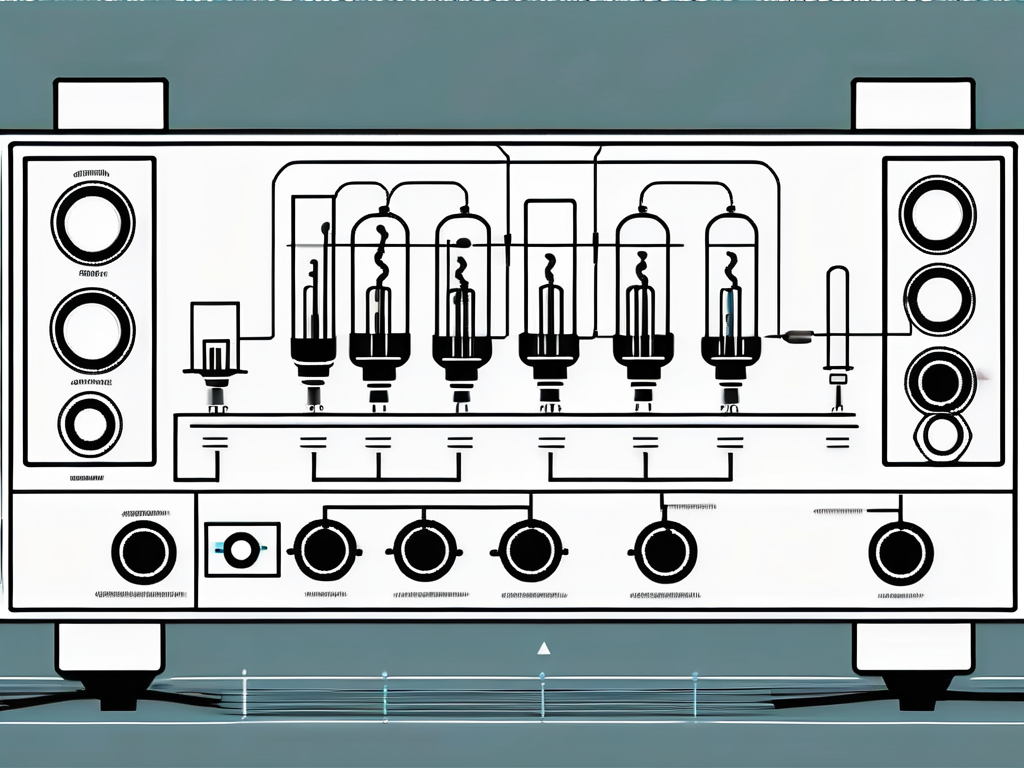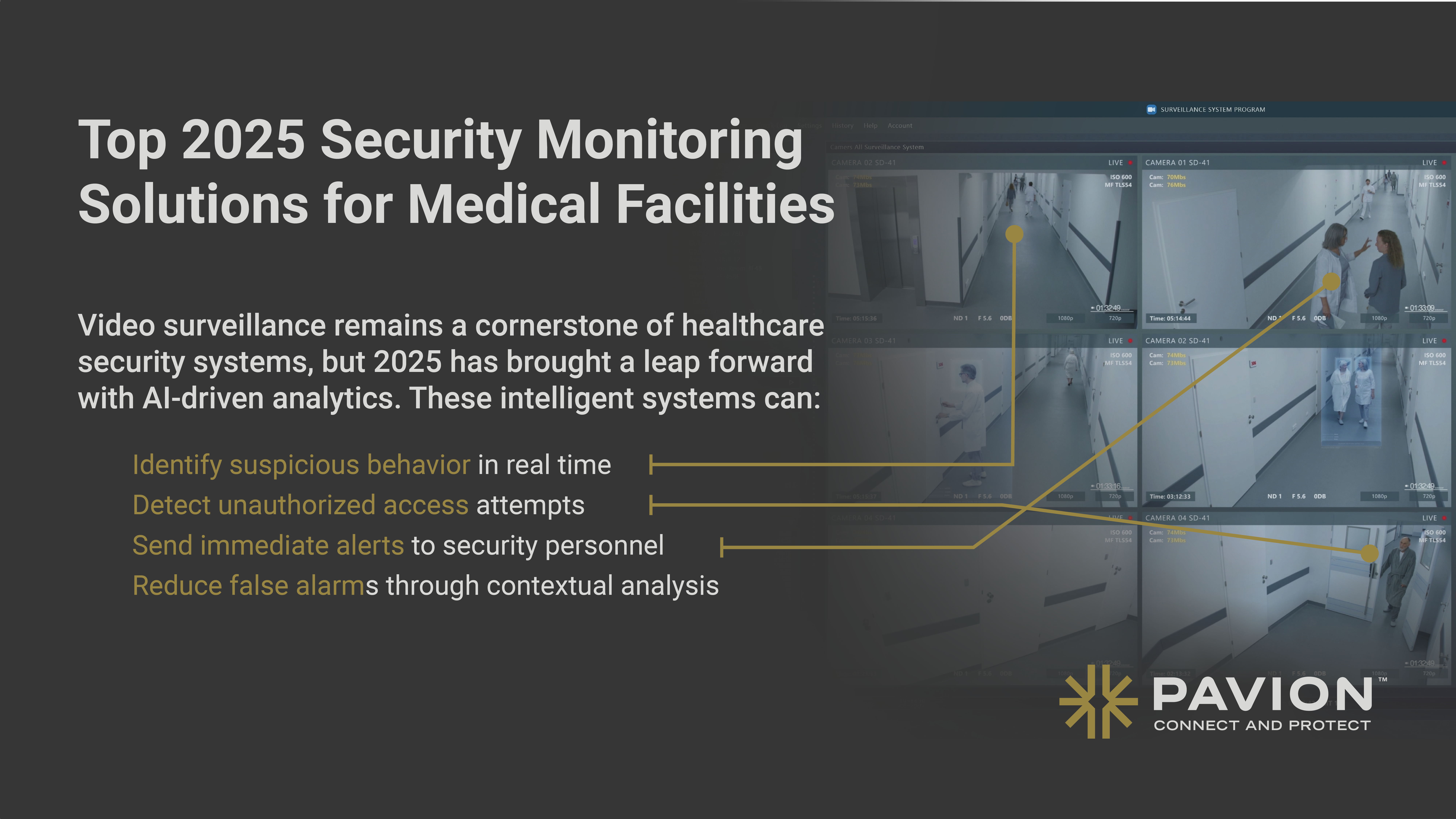
Introduction to Bi-Directional Amplifiers (BDA) for Emergency Communication
Bi-Directional Amplifiers (BDAs) are critical components in the realm of emergency communication. They ensure that first responders can maintain clear and reliable communication, even in challenging environments. This is achieved by amplifying the signals for two-way radios, thus extending their range and improving their reliability. As a company, Pavion specializes in this area, providing high-quality BDAs that are designed to meet the unique needs of emergency communication systems.
The Importance of BDAs in Emergency Communication
BDAs play a crucial role in emergency communication by ensuring that first responders can communicate effectively. In emergency situations, the ability to communicate clearly and quickly can mean the difference between life and death. BDAs enhance the reliability of two-way radios, which are often the primary means of communication for first responders.
Moreover, BDAs are particularly useful in environments where radio signals are typically weak or unreliable. These include large buildings, underground facilities, and areas with dense materials that can block or weaken radio signals. By amplifying these signals, BDAs ensure that first responders can maintain communication, regardless of their location.
How BDAs Work
BDAs work by receiving, amplifying, and retransmitting signals for two-way radios. They consist of a receiver, an amplifier, and a transmitter. The receiver picks up the weak or blocked signals from the radios, which are then amplified by the amplifier. The amplified signals are then retransmitted by the transmitter, thus extending the range and improving the reliability of the radios.

BDAs are typically installed in strategic locations to maximize their effectiveness. They can be installed in buildings, underground facilities, and other areas where radio signals are typically weak or unreliable. The exact location and number of BDAs needed will depend on several factors, including the size and layout of the area, the materials used in the construction, and the specific communication needs of the first responders.
Types of BDAs
There are two main types of BDAs: Class A and Class B. Class A BDAs amplify all frequencies within a given band, while Class B BDAs only amplify specific frequencies. The choice between Class A and Class B will depend on the specific communication needs of the first responders.
Class A BDAs are typically used in situations where a wide range of frequencies need to be covered. They are ideal for large-scale operations where multiple agencies may be involved. On the other hand, Class B BDAs are typically used in situations where only specific frequencies need to be covered. They are ideal for smaller-scale operations where only a single agency may be involved.
Integration with Fire Control Panels
BDAs can be integrated with fire control panels, such as the EST3 and EST4 manufactured by Edwards. These panels unify fire alarm, smoke control, security, and mass notification systems, providing a comprehensive solution for emergency communication.
When integrated with these panels, BDAs can enhance the overall effectiveness of the emergency communication system. They can ensure that the signals from the fire control panels are received and transmitted clearly and reliably, regardless of the location or the conditions. This can be particularly useful in large buildings or facilities where the signals from the fire control panels may be weak or blocked.
Moreover, the integration of BDAs with fire control panels can also simplify the management and maintenance of the emergency communication system. By centralizing the control and monitoring of the system, it can be easier to identify and address any issues that may arise.
Conclusion
In conclusion, BDAs are critical components in the realm of emergency communication. They ensure that first responders can maintain clear and reliable communication, even in challenging environments. By amplifying the signals for two-way radios, they extend their range and improve their reliability.
Whether you are a facility manager, a first responder, or simply someone interested in emergency communication, understanding the role and function of BDAs can be beneficial. As a company, Pavion is committed to providing high-quality BDAs that meet the unique needs of emergency communication systems. With our expertise and dedication, we aim to enhance the safety and effectiveness of emergency communication.
Enhance Your Emergency Communication Today
Don’t let communication barriers compromise your safety in critical situations. Pavion is here to connect and protect with advanced fire, security, and integration solutions tailored to your unique needs. With our industry-leading experience and commitment to innovation and radical service, we ensure that your emergency communication systems are at their best when it matters most. Take the first step towards clear, reliable, and transformative communication technology. Get a Free System Assessment now and experience the Pavion difference.


